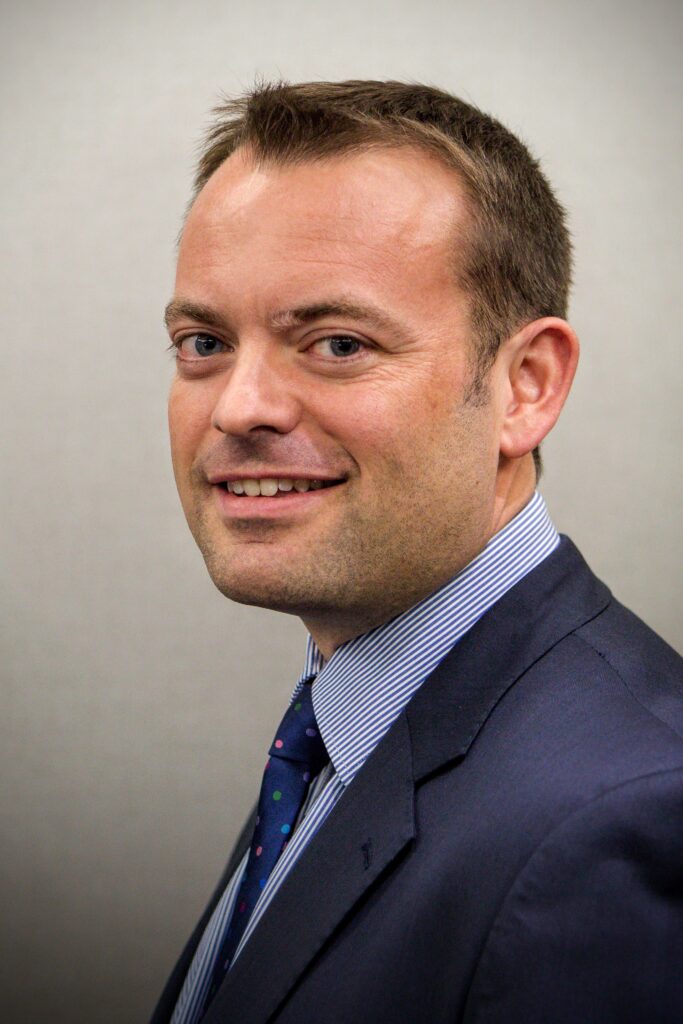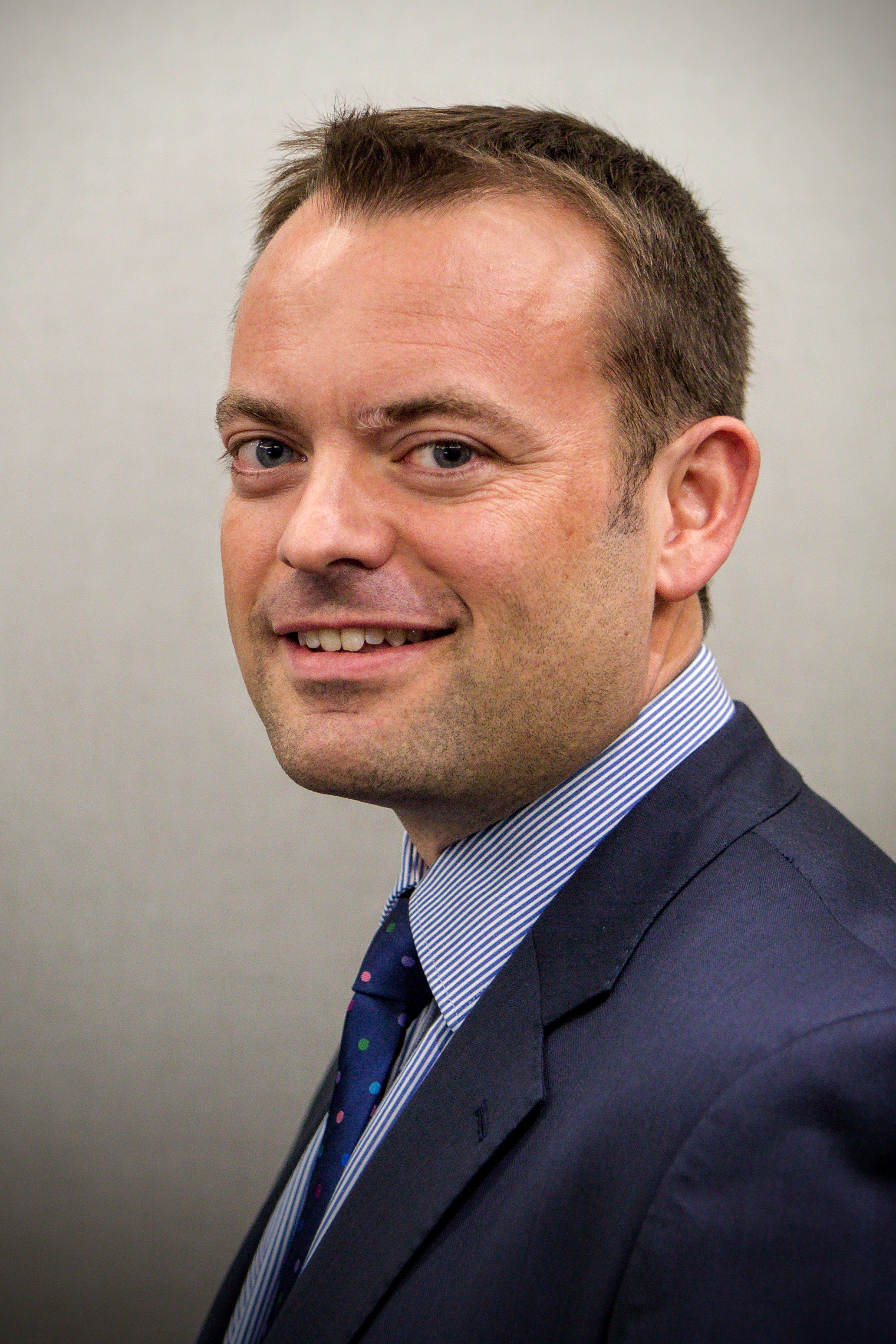My career with Bravura began over 15 years ago but I started working in the Financial Services industry in 1999. After leaving university and being unsure what I wanted to do next, I took on a temporary admin job with RBS Trust bank. This led to an unexpected opportunity to move into the software development group and my IT career evolved from there. I joined the development team working on the Rufus Transfer Agency (TA) system, which was later acquired by Bravura in 2006.

In my time at Bravura, I have held several different roles including Developer, Technical Architect and Development Manager. This has meant that, although I have been with the same company for a long time, my role has changed and progressed. I have been involved in numerous different projects and teams, and I enjoy the variety this has exposed me to. Some highlights include building the taWeb digital solution, the launch of our Rufus SaaS offering, and seeing our key TA customers bring new business to our platforms. Nowadays, as one of the leaders of the Enterprise Architecture group, I am less involved in the ‘nuts and bolts’ of development work, and instead, I have more of a strategic and forward-looking role, involved in advancing our technology roadmap in areas such as the cloud, AI and data, automation and how microservices can complement our core platforms.
One area with significant future potential, and part of Bravura’s roadmap thinking, is tokenisation and digital assets. Currently, there is a huge amount of value invested into funds, but there are a lot of participants, and so a lot of hand-offs in the value chain with participants running ‘mission critical’ businesses on established but often complex systems. Over the years, these complex systems have evolved to digitise paper-based processes and introduced workflows and self-service to help improve efficiencies, but ultimately the process is built on a model that hasn’t changed for decades. Tokenisation enables a change to the way the industry is modelled, looking at how things are done now and how the structure might be simplified to be more cost effective for the end investor.
But let me explain how the model in question would help the industry make it happen. A token is a digitised representation of an asset or a fraction of an asset. Tokens can be traded and exchanged, reflecting a change to the ownership of the underlying asset. There is also the potential to represent cash as tokens – so rather than waiting for invested cash to settle, and then transfer and track it, the process can be simplified and shortened by using digital tokens to support immediate settlement. This could enable a simpler model, compared to the current one, where duplicate records of ownership are maintained independently by multiple participants. The industry can indeed collaborate and agree to move to a simplified model with fewer participants, which would reduce the cost of investment for end consumers.
Distributed Ledger Technology (DLT) is potentially a technology that could support a new model of this type. The nature of DLT and its shared ledger enables all parties to reference the same data source of token ownership reducing the hand-offs and reconciliation overheads we have in today’s model. There have been numerous claims made around the benefits that DLT will deliver. By considering what the right model is for the industry first, rather than rebuilding the existing model using new technology, there is a better chance of delivering some material benefit for the consumer.
However, as I noted previously, wide adoption is key; the promises of a new model and the technology get delivered some way down the road when everyone is doing things in the same way. We will need buy-in and consensus at the industry level, as well as the regulator to work with the industry to help encourage innovation. Initiatives like the introduction of central bank digital currencies will also help.
Bravura has already been involved in some exploratory work in the area. We are running proof-of-concept (POC) activities, integrating our Sonata and Rufus products using both Ethereum and Corda based Distributed Ledgers. A new POC is working with one of our platform customers together with a company called FundAdminChain. The first phase aims to show how a platform running on Bravura’s Sonata can enable investments in digital tokenised assets alongside traditional assets. Bravura also recently supported the launch of a white paper authored by well-known innovator Dr Ian Hunt, which outlines a potential new model for investing based on tokenisation. It’s available here.
Of course, there will still be investment potential into the current technology in the meantime – there are ample opportunities to improve operational efficiencies, automate and build greater reliability and resilience into today’s model and Bravura will help businesses continue to do that with our systems. For example, the implementation of Stanza and Orchestrator with Rufus will deliver increased automation and efficiencies to TA operational teams using the platform.
It is an exciting time in our industry from a technology perspective. Bravura is well positioned with its expertise in TA and Wealth to play an important role as the industry moves forward.
More Insights

